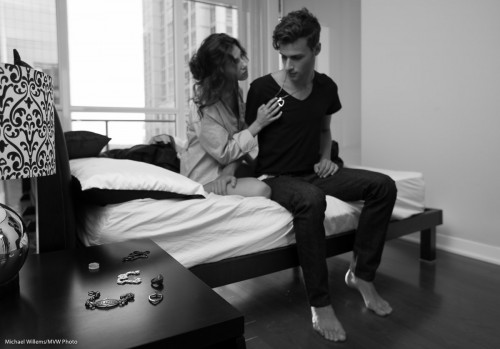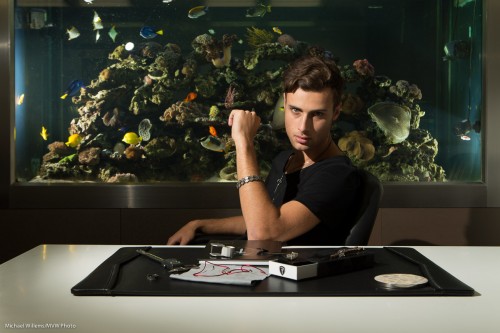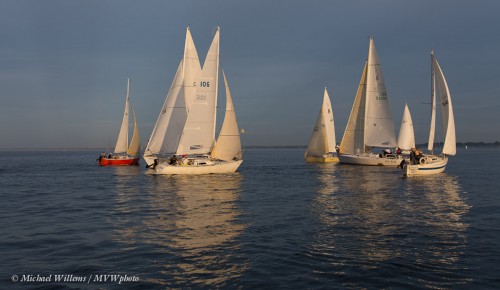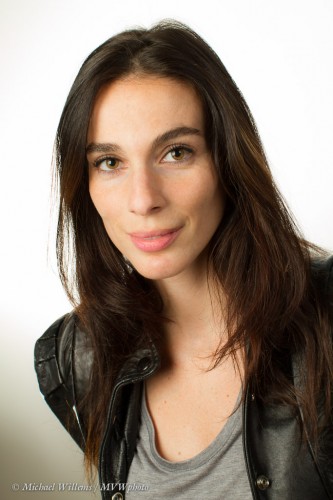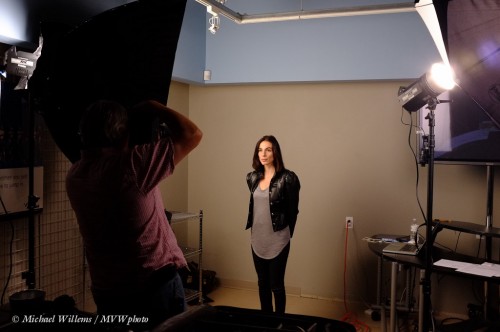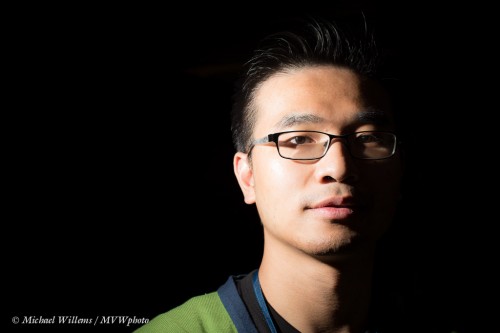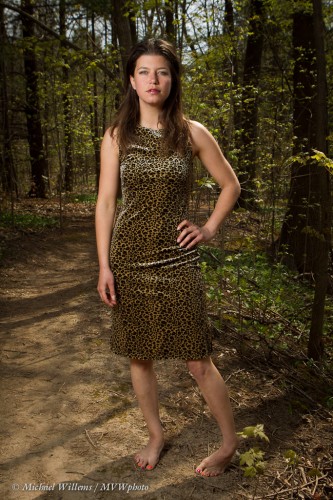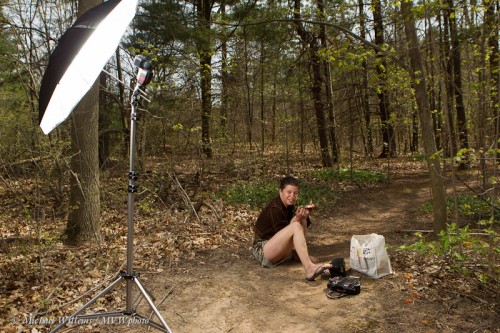Welcome to all my new readers. As you will see here, I am a Toronto-based full time photographer and teacher of photography – I teach my signature “Advanced Flash” and “Event Photography” seminars and courses worldwide and I do private coaching as well.
This site is free. All I ask is that you tell all your friends. I write an article here every day (yes, I must be a masochist) with a photography tip, a technique explained, or a technology clarified. Often about speedlighting -flash rocks once you know intimately how it works – but can be about everything. Aimed at every level from beginners to pros.
Speedlighting is my forte, and has been for years; but I engage in every type of photography. I shoot everything from news to art nudes to weddings to family pictures to food and product to corporate headshots. That keeps me as fresh as an amateur. “Amateur” is not a bad word by the way – it means someone who loves something. Amateurs have the best of all worlds in that there is no pressure and they can shoot what they like. As a photographer, I always try the same: to shoot what I like, and to keep it varied.
So today, then, a quick word or two about my recent Lake Ontario sailing pictures. Shot during the last three Wednesdays.
Pictures like this one:
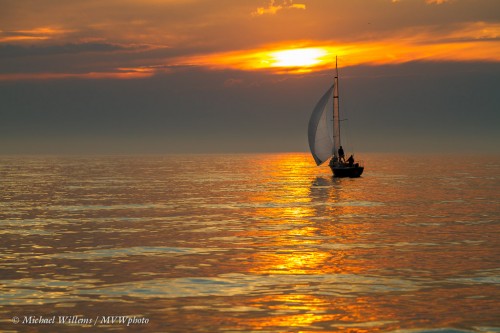
That used – unusually for me – a long (70-200mm) lens. And on a 1.6 crop camera, to make it 110-320mm.
Why? For two reasons:
- The obvious: boats can be far!l
- The less obvious: lake sunsets are often small, and the long lens ensures that I get “all of it”.
- The reflections are essential- they too would be too small without the long lens.
Key is to keep the exposure time fast enough, even with a stabilized lens. Boats move!
Of course sometimes the sunset throws its light wider – then, the 16-35mm lens is called for:
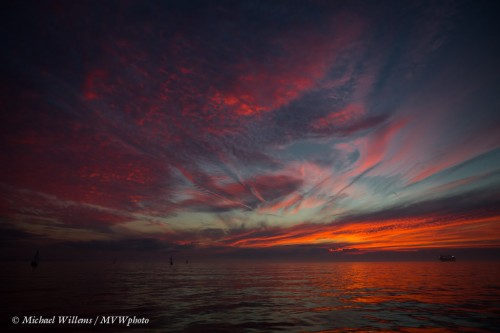
Now it’s not about the barely-visible boats, but all about the sky and reflection.
The key element in this image? Time. I had literally two minutes to capture that sky before it turned dull again. I was using two cameras: there was insufficient time for lens changes – plus, who wants to change lenses on the water?
Fog is always good. Not every picture needs to be high contrast:
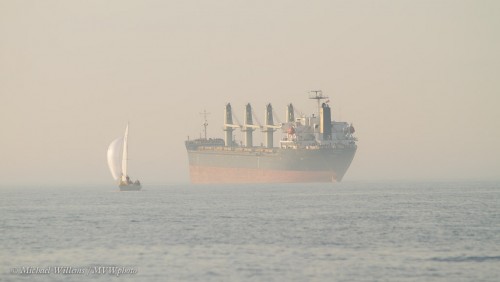
For crew pictures on a sail boat, a super wide lens is a must. The 16-35mm (on the full-frame 1Dx again) gives me this:
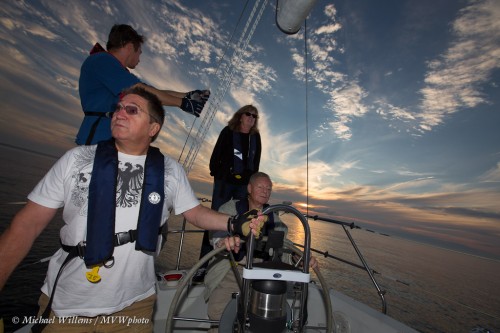
I tilted phe picture to give it a dynamic look, as well as to get everyone in. And you see the fill flash, of course? My flash is always on the camera when shooting, and is often used.
Do not forget to use the flash wide angle adapter when using the 16mm lens (that is the clear flap that pulls out of the front of the flash. As readers here know, that is not a “softening adapter” – it is merely a wide angle adapter!)
Going back to sunsets: sometimes, for a minute or so, they get spectacular like this:
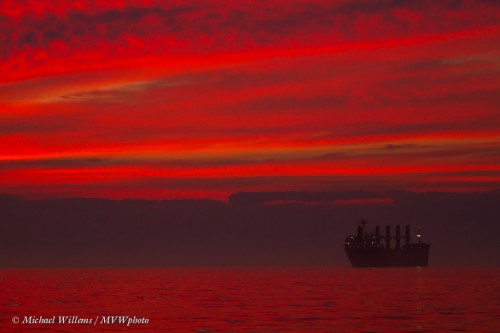
Important in that image is the long lens and good exposure. Making the image too bright makes it less saturated.
With a wide lens, skies and lakes can be great even when not lit up in red: the super wide lens (16mm on the full-frame camera) makes this all about the shape; the world bending in, wrapping around the centre.
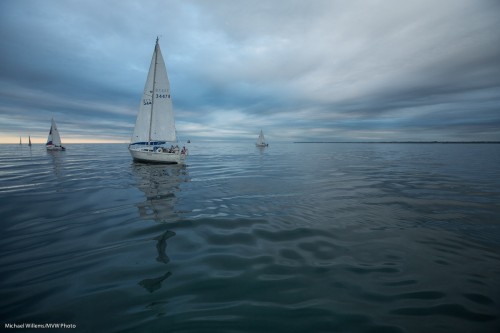
Finally, one more to show the effect of flash.
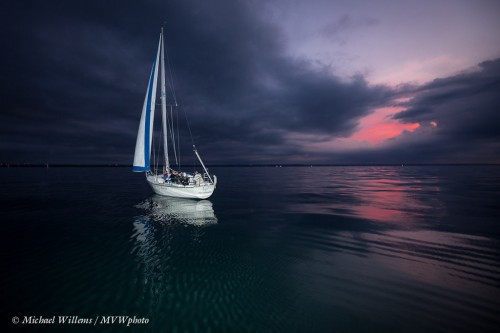
With tow notes:
- I exposed for a dark background.
- I then used the flash (a 600EX) to light the boat.
- I zoomed the flash in manually to 100mm to get the range I needed – if the flash had been sending its light as wide as the lens was looking (ca 24mm), most of its light would have been wasted and not enough would have been left to light the boat, even at f/4.0 at 400 ISO.
- I turned the flash slightly to the left, since my subject is not in the centre!
Now go enjoy sunsets and lakes while you can – on the Northern Hemisphere there’s little time left.

